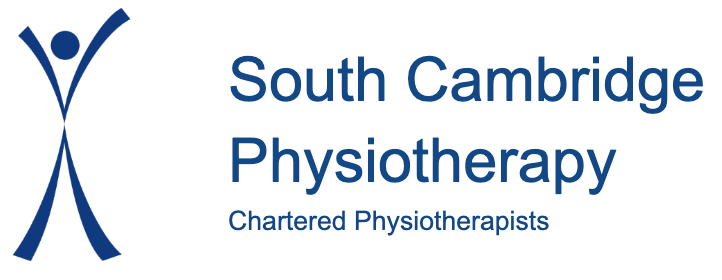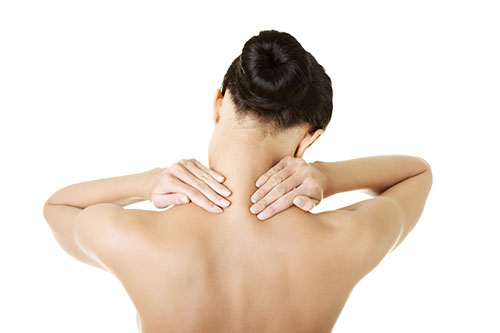What is a soft tissue injury?
Participation in sport, recreational activities and exercise bring with it the inherent risk of injury. Soft tissue injuries are the most common of all (muscles, tendons, ligaments, fascia, nerves, fibrous tissues, fat, blood vessels, and synovial membranes).
The nature and severity of the injury varies – however the most commonly involved structures are:
- Muscle – muscles are made up of fibres that shorten and lengthen to produce movement of a joint. Muscles are attached to bone by tendons. •
- Tendon – tendons are tough bone of slightly elastic connective tissue that connect muscle to bone. •
- Ligament – ligaments are strong bands of inelastic connective tissue that connect bone to bone.
During the first 48-72 hours (acute phase), the primary characteristics are pain, swelling, discolouration and impaired function.
What is treatment in the first 48-72 hours aiming to do?
At this point the primary aim is to protect the injured structure from further damage, reduce pain and minimise / manage the inflammatory process. It is worth noting the inflammation is a necessary part of the early healing process, so the aim is not to completely eliminate it, just to minimise the less pleasant side-effects.
You may have heard a number of different acronyms (RICE, PRICE, POLICE) mentioned over the years, all with the aim of prompting optimal acute injury management, ‘POLICE’ has been more recently advocated to encourage a ‘reasoned’ increase in activity at an earlier stage in rehabilitation.
POLICE (Protect, Optimal Loading, Ice, Compression and Elevation)
How to follow the “POLICE” protocol for a soft tissue injury
Let’s look at these steps in more detail to see how they can be used to help you return to sport, or functional fitness, as quickly as possible.
Protect, Rest and Optimal Loading
A period of rest and / or protection is usually required to reduce the risk of further damage. ‘Optimal loading’ advocates that instead of just resting the individual should undergo a progressive rehabilitation programme aimed at encouraging early activity (where appropriate) and recovery. As convenient as it would be, there is no ‘one size fits all’ for management due to the huge variety of injuries so seeking professional advice will aid in the decision making process.
Ice (Cryotherapy)
There does not appear to be an absolute consensus on the type, frequency and duration of ice application, however various expert opinion (level 4 evidence) suggests:
- Apply ice as soon as possible post injury
- 10-20 minute of ice application, followed by 10 minutes at room temperature followed by a further 10-20 minutes of ice application. Ideally follow this pattern every 2–4 hours initially, gradually reducing the frequency over the following 24-48hrs.
- It should be noted that Ice application can have potential side effects including skin burns, nerve damage, reduced muscle power output and proprioception.
- Ice application is contraindicated in individuals with Raynaud’s disease, cold allergy and peripheral vascular disease.
Compression
- Compression can be achieved with a firm bandage, compression ‘skins’, or the application of a doubled over elasticated tubular bandage.
- Make sure the compression bandage is not too tight as this could lead to a restriction in blood flow to the area. Once applied the area should feel compressed rather than restricted and painful.
- Compression may also provide a degree of support to the injured area and offer reassurance during movement, allowing the opportunity for sensible (optimal) loading.
Elevation
- Elevating the injured body part reduces the flow of fluid into the area through a decrease in hydrostatic pressure whilst also increasing the effects of gravity aiding venous and lymphatic flow.
- This assists the body in minimising the effects of swelling and encourages the start of the repair process.
How to avoid HARM
In addition to the things you can do to help recovery, there are also a number of don’t’s. Avoiding ‘HARM’ factors in the first 48-72hours can all help your healing process.
HARM Factors
- Heat: Increases swelling and bleeding. Avoid heat packs, a hot bath and saunas.
- Alcohol: Increases swelling and bleeding. Plus, it can delay healing.
- Running or Exercise: Aggravates the injury which increases pain, swelling and bleeding. Always check with a health professional before resume sport or exercise.
- Massage: Increases swelling and bleeding. Direct massage to the injured area may aggravate the damaged tissues and is normally best avoided for the first 48 to 72 hours. Indirect massage (away from the injury site) may be helpful. Please consult your health practitioner for the best advice for your injury.

